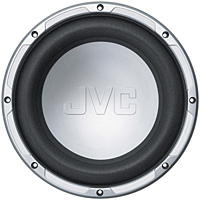The ideal volume of an enclosure (length x width x height) will vary depending upon the woofer you select. The enclosure volume for your woofer is usually quoted as internal volume. Therefore, in calculating the overall external dimensions of the box, you must take into account the thickness of the board, the space occupied by the speaker and any internal bracing.

Once you know the internal volume you want to achieve, you'll decide on the dimensions of the enclosure. As a rule of thumb, make sure no internal dimension measures more than three times that of any other. But don't make them too close to each other or you will have a cube — one of the worst acoustic shapes for a speaker.
Finally, determine whether your box will be sealed or ported. A sealed box is the easiest to design and build, and protects the woofer against subsonic bass that can affect its performance. A ported box uses a tube (port) that reinforces the bass produced by the woofer. It can offer excellent, high-output performance, but is more challenging to construct.








